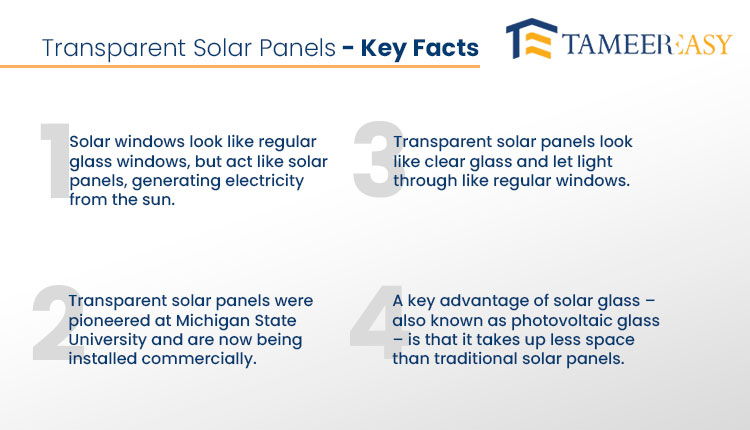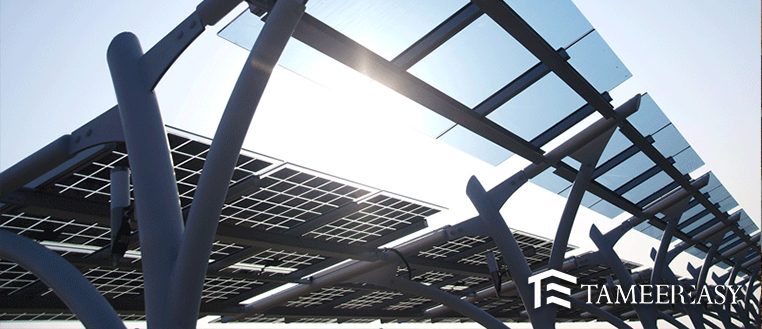Solar energy is a renewable and sustainable energy source that has gained popularity in recent years. The use of solar panels has been primarily used in the form of large solar farms or rooftop installations.
However, technology has now evolved to be integrated into building structures, including windows. Transparent solar panels are becoming increasingly popular as they can replace window sills and provide clean energy at the same time.
What are Transparent Solar Panels?
Transparent solar panels are made of materials that are capable of absorbing light from the sun and converting it into electricity. The panels are designed to have a high degree of transparency, allowing light to pass through them while generating electricity.
The technology has been around for some time, but it has not yet reached its full potential due to technical challenges in maintaining transparency and efficiency. However, recent advancements in technology have made it possible to produce it with high levels of transparency and efficiency.
Replacing Traditional Windows
One of the most significant advantages is their ability to replace traditional windows. Windows are a critical component of any building, allowing natural light and ventilation to enter the space. However, traditional windows are not energy-efficient and can lead to significant energy loss.
Transparent solar panels offer a solution to this problem by generating electricity while still allowing natural light to enter the building. This dual-purpose technology can reduce energy costs, promote sustainable living, and reduce the carbon footprint of buildings.
How Transparent Solar Panels Are Better than Traditional Ones?
The primary advantage is their ability to generate electricity even in low-light conditions. Traditional solar panels require direct sunlight to generate electricity, making them less efficient in areas with limited sunlight.
However, it can absorb light from a wider range of the solar spectrum, including infrared and ultraviolet light. This means that they can generate electricity even on cloudy days, making them more efficient and reliable than traditional solar panels.
Moreover, it also offer a significant advantage over traditional solar panels in terms of aesthetics. Traditional solar panels are often bulky and unsightly, detracting from the visual appeal of buildings. In contrast, transparent solar panels are sleek and modern, blending seamlessly with the building’s design.
This makes them a popular choice for architects and designers who want to incorporate sustainable energy solutions.

Technical Challenges Faced by Transparent Solar Panels
Despite the numerous advantages, there are still some technical challenges that need to be overcome before they become widely adopted. The biggest challenge is maintaining the panels’ transparency while still maintaining efficiency.
This requires using materials that are capable of absorbing light while still allowing it to pass through the panel. Another challenge is developing cost-effective manufacturing processes that can produce large quantities of transparent solar panels at a reasonable cost.
Conclusion
In conclusion, These solar panels have the potential to revolutionize the way we generate and consume energy in the future. By replacing traditional windows with solar panels, buildings can become more energy-efficient and sustainable, reducing their carbon footprint and energy costs.
Although there are still technical challenges to be overcome, the technology is rapidly advancing, and it is only a matter of time before transparent solar panels become a common feature of modern buildings.


